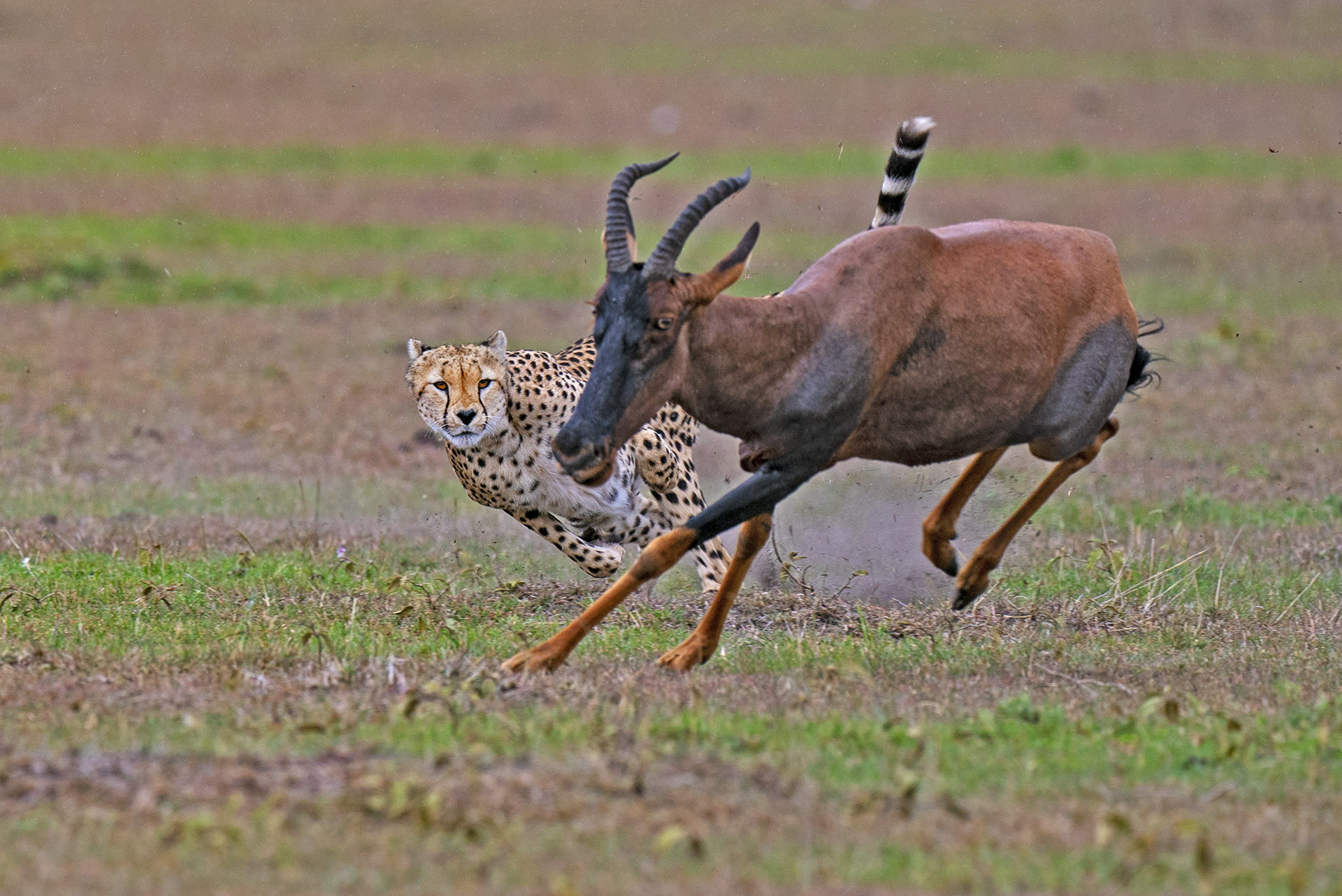Safari photography is not something I do very often. But when I go on safaris, I try to think of what is important for this type of photography, given that I am in a vehicle and that there are other limitations. Is it the equipment, the technique, the vehicle involved or my experience that matters?
During a safari, besides forest scapes and species portraits, some of us want to capture the action – predators hunting their prey. Here are some of the things that I focus on to get the right shot. I am sure most of us are aware of these points, but here are my two cents.
I have realised that the most crucial aspect of shooting hunting sequences is predicting where the action is about to take place and the positioning of the safari vehicle in the right location. A good prediction is only possible when you have a sound understanding of animal behaviour and its habitat. Imagine this in the form of a sequence – when you study animal behaviour and gain field experience, you will be able to predict how and where animals will hunt, and you will know exactly where to place your vehicle for the ideal shot.
Recently, I was in Masai Mara to photograph cheetahs hunting. There were five cheetahs in the vicinity, and I knew that for them to start hunting, I may have to wait the whole day. When I visited the place last June, I had found a pack of cheetahs by 7:30 in the morning, but by the time they had finally made their kill, it was 5 in the evening. Patience is a virtue to have in such situations, but if you think every time you encounter cheetahs, you have to wait, then that's not how it works.
Coming back to the five cheetahs I spotted on this trip: on my first day, I found them sated, having feasted on a recent kill, and I immediately knew that nothing would happen and left them alone. I came back after a day and found them hungry and ready for their next kill. They were gathered under a tree, waiting, looking around, but there were no animals nearby. After three or four hours, the cheetahs finally got lucky – Thomson's Gazelles at the far end of the landscape. This is when things got interesting.
When the cheetahs started moving, only the gazelles were visible, why my driver and I decided to get closer to the gazelles. But suddenly, through our binoculars, we spotted a Topi with its baby to the far left of the cheetahs. Although the gazelles were much closer, and the cheetahs were moving towards them, we decided to position ourselves closer to the Topi. We drove towards the mother and baby and stopped our vehicle strategically so that the Topi were between us and the cheetahs.
A friend of mine who was in the vehicle with me was not happy with the decision. But I knew that gazelles are difficult to hunt, whereas a Topi with its little one makes for ideal prey. Babies tend to slow the mother down, and it was only a matter of time before the cheetahs would spot the weaker prey and change their minds – and that's exactly what happened.
The moment they spotted the Topi, they changed direction. Once the cheetahs were at the right distance from the Topi, they started running at their signature breakneck speed. The hunt ended with the cheetahs capturing both the mother and the cub. And, we got some great shots of the action because our vehicle was ideally placed.
That is another thing I have learnt from past experiences – once cheetahs embark on their final run, one will most likely miss a shot if the vehicle is still moving. The vehicle must be parked and in position to get that shot. And the only way one can be at the right place, at the right time is when one does due diligence in research and applies it in the field.








